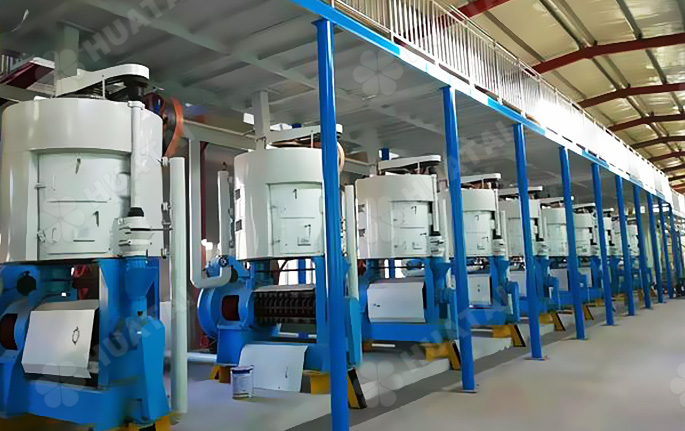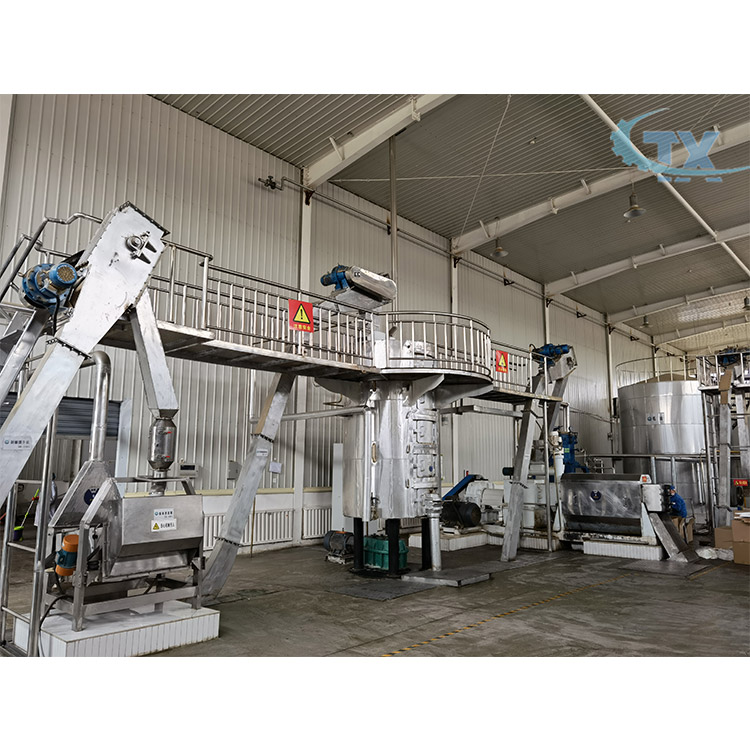
As an operator or manager of automatic oil extraction equipment, you're constantly seeking ways to enhance efficiency, reduce costs, and improve product quality. This guide delves into the practical application of PLC control systems in peanut oil production, offering you valuable insights and actionable strategies to optimize your operations.
The PLC (Programmable Logic Controller) control system is a key component in modern automatic peanut oil presses. It automates the entire pressing process, enabling precise control of various parameters such as temperature, pressure, and rotation speed. By leveraging the power of automation, you can achieve higher oil yields, lower energy consumption, and reduced manual intervention.
Let's take a look at the efficiency difference and energy consumption comparison between traditional pressing methods and automated control:
| Pressing Method | Efficiency | Energy Consumption |
|---|---|---|
| Traditional | Lower, with more manual labor required | Higher, due to less precise control |
| Automated (PLC Control) | Higher, with potential to increase unit production capacity by over 15% | Lower, through optimized parameter settings |
One of the most significant advantages of the PLC control system is the ability to set different parameters for each pressing stage. By adjusting the temperature, pressure, and rotation speed according to the specific requirements of the peanut variety and pressing process, you can significantly improve the oil yield.
For example, during the initial pressing stage, a lower temperature (around 60 - 70°C) and moderate pressure can help preserve the flavor of the oil. As the pressing progresses, gradually increasing the temperature to 80 - 90°C and the pressure can further extract more oil. Additionally, adjusting the rotation speed can also affect the oil extraction efficiency.

Even with the advanced PLC control system, you may encounter some common problems during the operation. Here are some solutions to typical issues:
Different peanut varieties have different oil content and characteristics. Therefore, it's crucial to adjust the PLC settings according to the specific peanut variety. Additionally, temperature control plays a vital role in the flavor of the oil. For example, a lower temperature during the pressing process can result in a lighter and more delicate flavor, while a higher temperature can produce a stronger and more robust flavor.

Regular equipment maintenance and system calibration are essential for the long - term stable operation of the automatic peanut oil press. By performing routine checks, cleaning, and lubrication, you can prevent potential breakdowns and ensure the accuracy of the PLC control system. A well - maintained system can also extend the service life of the equipment and reduce the overall cost of ownership.

By mastering the application of the PLC control system in peanut oil production, you can achieve significant improvements in efficiency, energy savings, and product quality. Don't miss out on the opportunity to optimize your peanut oil production process. Click here to learn more about how our advanced automatic peanut oil presses can transform your business!

